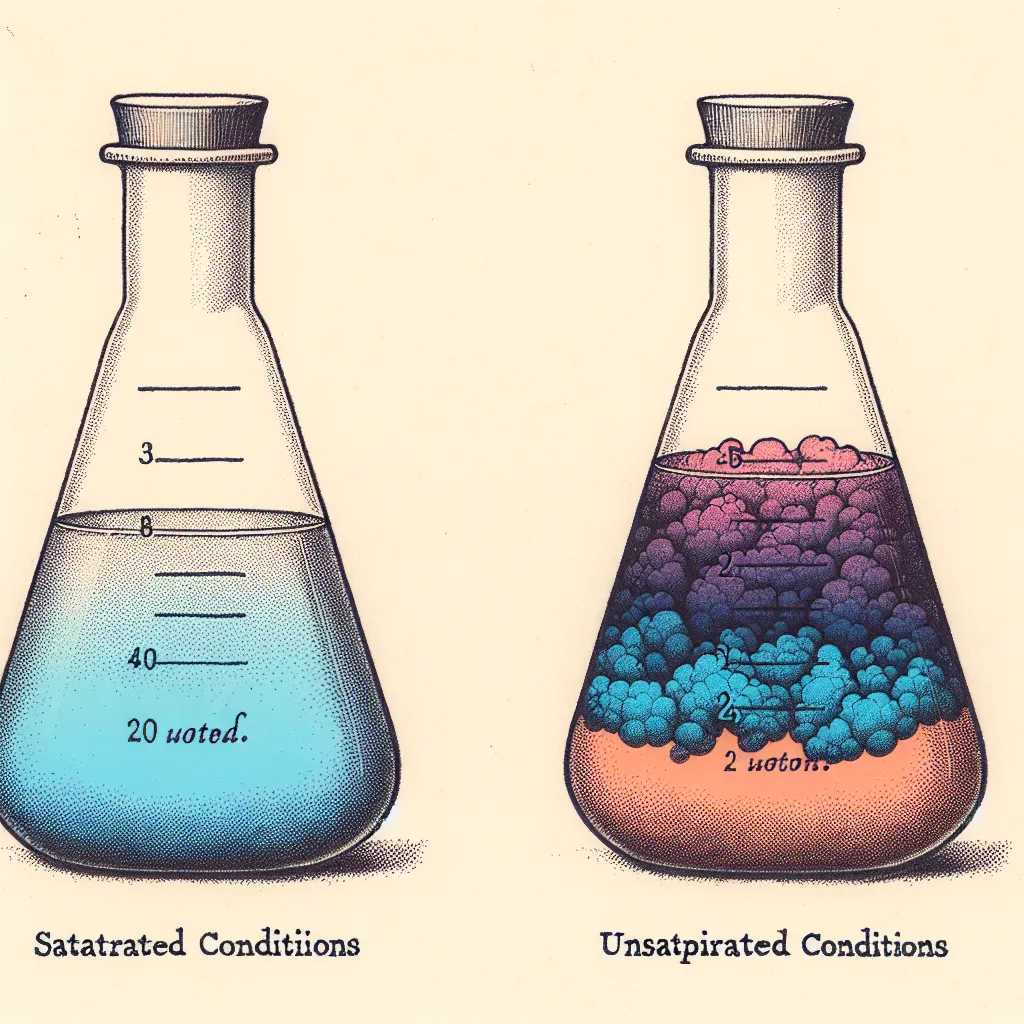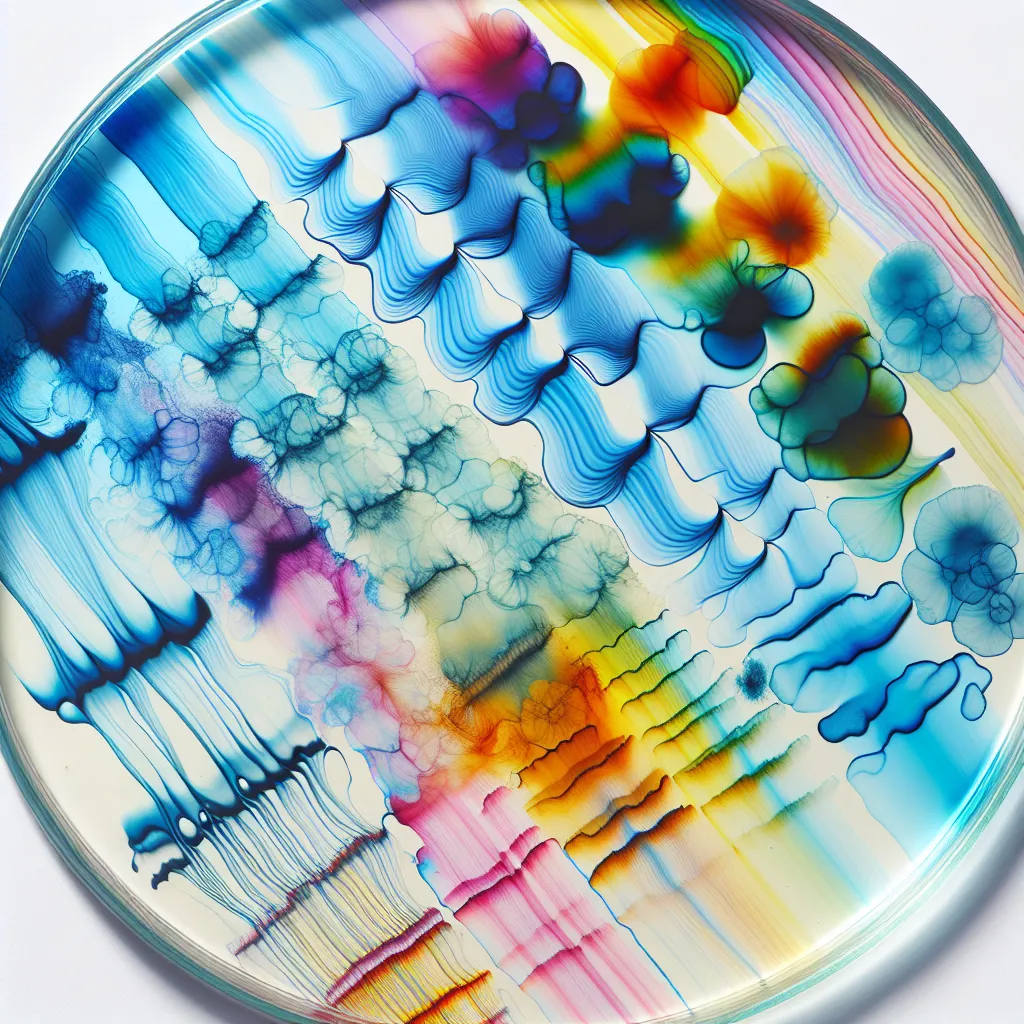Ask AI on The Internet
Question: 1000 WORDS INTRODUCTION TO THE VISIBLE SPECTRA OF DYES .INTEXT REFERENCE
The study of light and its interaction with matter has fascinated humans for centuries. One particularly captivating aspect is the visible spectrum, comprised of various colors perceivable by human eyes. This spectrum is the result of how white light, like sunshine, disperses into different colored fragments when refracted. The varying wavelengths of these fragments represent distinct colors, spanning from red with the longest wavelength, to violet with the shortest. A better understanding of this phenomenon can be achieved through the examination of dyes, or colored substances that have a high degree of lightfastness (Bishop et al., 2014). Dyes, utilized in numerous industries such as textiles, printing, and food, contain chromophores, parts of a molecule responsible for color (Bishop et al., 2014). These chromophores absorb certain wavelengths of light within the visible spectrum and reflect or transmit others. The color perceived by our eyes is that which is reflected or transmitted. Visible spectra of dyes exhibit a broad variety of hues and shades, largely dependent on the type of dye used and the bonding of the dye to the medium it's applied to (Hemmendinger, 2007). Absorption maxima, the color absorbed the most, is a key property of dyes, determining the ultimate hue of the dye. When white light passes through or reflects off a dye, the absorption maxima is "removed" from the spectrum of reflected light, creating the color perception associated with the dye. Molecular structure greatly impacts a dye’s absorption maxima (Burrows, 2015). Variations in chromophore structures allow the creation of an array of colors. For instance, azo dyes, the most commonly used synthetic dyes, generate a wide spectrum of colors, having different chromophore arrangements (Sadia et al., 2018). Natural dyes derived from plants, animals, or minerals, have unique visible spectral characteristics. Indigo, extracted from the Indigofera plant, displays a strong absorption in the yellow portion of the spectrum, causing the complementary color, blue, to be seen (Hemmendinger, 2007). In contrast, cochineal, a natural dye drawn from insects, exhibits a maximum absorption in the green region, rendering a vibrant red perceived by the human eye. Modern technologies, such as spectroscopy, greatly aid in understanding and manipulating the visible spectra of dyes (Faulkner, 2015). Spectroscopy, the study of the interaction between matter and electromagnetic radiation, is utilized in the analysis of dye composition, molecular detoriation, and the probable appearance of aged/ faded dyed works (Faulkner, 2015). In conclusion, an understanding of the visible spectra of dyes opens up a fascinating world of color, giving us a greater appreciation of the things we behold in our day-to-day lives. Moreover, it is essential for color-related industries, guiding the creation of new dyes and predicting their possible visual appearances. References: Bishop, S., Sharma, A., Benedictis, A. (2014). The Light – Material Interaction. Materials Today, 3(4), 1-7. Burrows, A. (2015). Chemistry3: Introducing Inorganic, Organic and Physical Chemistry. Oxford: Oxford University Press. Faulkner, B. R. (2015). Spectroscopy and the Field of Color. The Handbook of Light and Color, 17-30. Hemmendinger, H. (2007). Mixing Colours: From Pigment to Pixel. Bristol: Intellect Books. Sadia, M., Ali, A. Al, Haq, Z., Khan, S. A. (2018). Comparative degradation analysis of Reactive Black-5 azo dye by indigenous Paecilomyces spp. and Trichoderma spp. Microbial Cell Factories, 17(1), 84.
A new large language model has been made available since this question was asked.
To generate an updated answer from the new model, click the button below.
Think your answer is better than the AI's? Post it below.
Other Most Relevant Posts:
 Ask AI: Discuss the separation of organic dyes under two different set of conditions: Saturated and unsaturated
Ask AI: Discuss the separation of organic dyes under two different set of conditions: Saturated and unsaturated
Question Tags
If you want your question answered by an AI, click here.






Post your own comment: